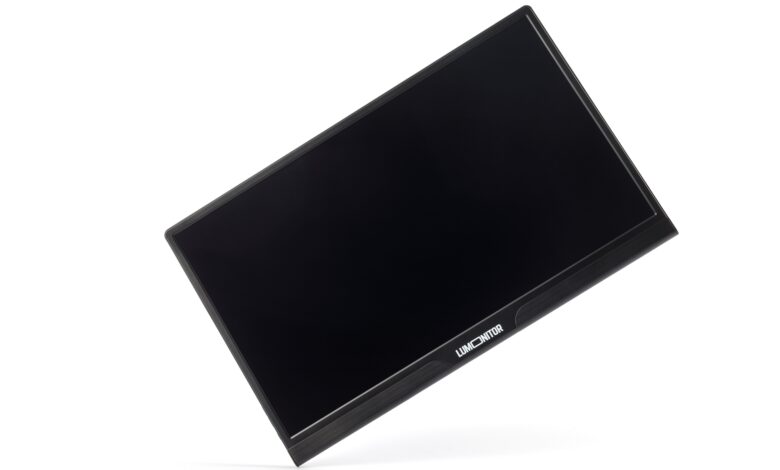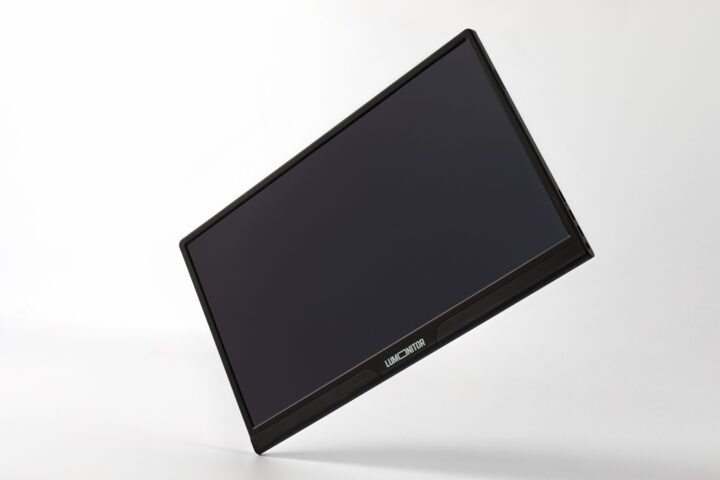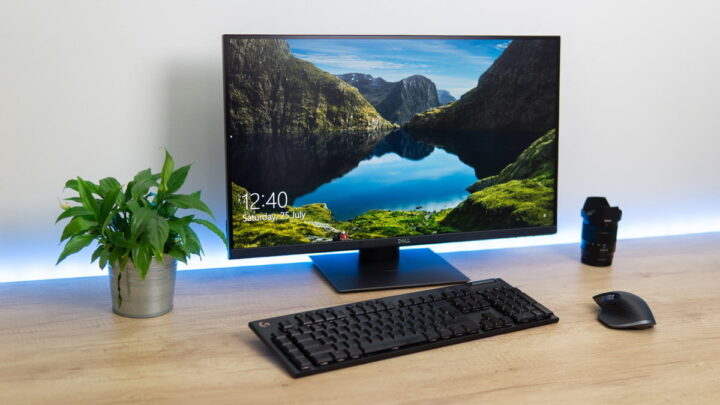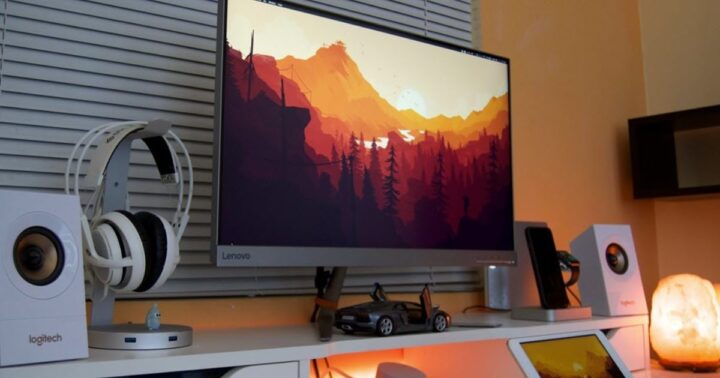Things to look for when buying a Portable Monitor

Nowadays, when we spend more and more time at home due to coronavirus and often work at home, we are thinking more and more about buying a new monitor.
Although we often give it the least importance, the monitor plays a very important role. CRT monitors used to take up a lot of space because they had a cathode ray tube, but today they have been successfully replaced by LCD monitors.
When buying a monitor, it is important to pay attention to a few things. Therefore, if you are planning to purchase a portable monitor, read some guidelines below.
For what purpose do I need it?

The general idea that almost all monitor buyers adhere to is – the bigger the monitor, the more I will enjoy it and the more it pays to buy it. But is that really so? Of course not.
Monitors come in a variety of sizes and choosing the right monitor depends on the purpose for which you are using it.
For business users, smaller monitors are usually enough for office work, while for multimedia, video processing, and gaming, larger dimensions will certainly be better. But we know that’s not all, monitors still have a lot of specifications that are important for those more advanced users.
It is not the same whether you buy a monitor to be used as a second screen or buy a monitor on which to work on building plans, nor is it the same whether you use the monitor on your office desk or in a plant where it is a meter or more away from you.
Resolution
Those who do not understand modern technology will not care what the resolution is at first, but this is actually a very important item because it directly affects the quality of the display on the screen.
If the resolution is low, you could see dots or squares on the screen that form the entire display, which certainly indicates poor quality.
We can say that the resolution is the pixel display density on the monitor surface. In this segment, some manufacturers have gone a few steps further, so mostly the rest of the hardware does not support the display technology provided by the most modern and expensive screens.
Monitor connectors
Although connectors are something that very few people pay attention to when shopping, they play a very important role.
Namely, it makes no sense to buy a monitor that you will not be able to connect to a computer or that due to some restrictions will not be able to provide its maximum display on the monitor. VGA port used to be extremely popular, but over time it has been replaced by HDMI. You can continue reading about this here.
Although still in use, newer monitors have a DisplayPort standard, and this is expected to become the dominant way to connect and transfer data.
Response time
This item is especially important for gamers. This is actually about the speed of switching from one color to another and the value is measured in milliseconds.
The standard response time on LCD monitors is below 10ms, but true game lovers will need a monitor with even less transmission time (2-5ms).
Panel types

Modern LCD monitors can usually be divided into two groups – monitors with TN and IPS panels. Although they are considered to be cheaper monitors, there are differences that are not only in the details.
Namely, TN monitors have a relatively low level of brightness and reduced color reproduction, while their main advantage is the response speed of 2 ms.
On the other hand, IPS monitors have a wider viewing angle, more accurate colors, and a deeper display. That is why they are intended for those who deal with photo processing.
Vertical Alignment Panels VA panels are a combination of response time speed, color quality, and viewing angles. Although OLED panels are becoming increasingly popular among TVs, they have slowly migrated to computer monitors.
Angle of visibility
Try to move back a little, that is, to move to the side and not sit directly in front of the monitor. Do you notice that the colors are “washed out”?
Horizontal and vertical angle display gives you information about how far from the center, at an angle, you can look at the screen before the image quality degrades.
If you plan to view photos or play games with multiple users, choose a monitor with a viewing angle of 178 ° or higher.
Touch screen
Considering that we have been using only touch screen phones for years, we could easily get used to such a monitor.
In addition to making work much easier, it would also save on space, because the keyboard and mouse are used optimally in this case.
Speaker

When you are already investing in something, invest in quality equipment, and that is definitely a monitor with a speaker.
If you sit in front of their computer a lot, you need to be aware of the importance of audio output. From streaming your favorite documentaries on Netflix to listening to your favorite music during a break, your computer’s audio output is just as important as the screen.
On lumonitor.com you can learn more about a good quality monitor.
Advanced monitor capabilities
Many monitors, in addition to all the above specifications, also offer users some advanced features. For example, a particular monitor may have a USB slot on its edges, may have built-in speakers, and headphone jacks may also appear there.
If the monitor has some advanced features, it could make it easier for you to work on your computer later so think about it.
Final thoughts
Since the lifespan of a monitor is about 10 years, it is important to pay attention to the above items when choosing.
Each of these parameters has its role in the image display process and each of them affects the image quality.
To fully enjoy using your computer, you need to choose a monitor that suits your needs, but ultimately your budget as well.
